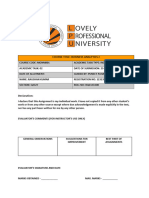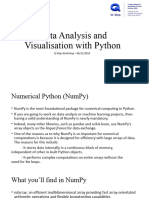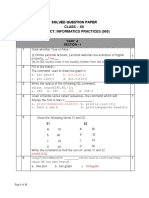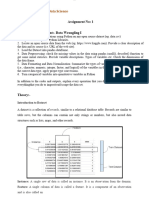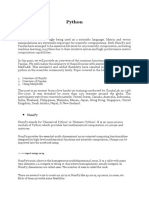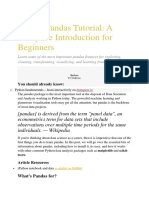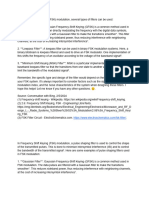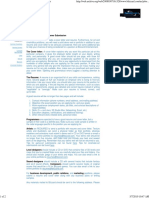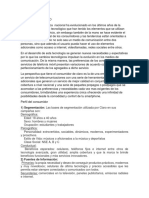0% found this document useful (0 votes)
32 views20 pagesData Manipulation With Pandas and NumPy - Lect 3
The document discusses data manipulation as a crucial skill in data science, emphasizing the use of Python libraries Pandas and NumPy for cleaning, reshaping, and preparing data for analysis. It outlines the importance of data manipulation, introduces core data structures like Series and DataFrame, and explains the creation and handling of datasets. Additionally, it covers various types of datasets and their features, and includes a practical assignment for data analysts to manipulate sales data using these libraries.
Uploaded by
Isaac AcquahCopyright
© © All Rights Reserved
We take content rights seriously. If you suspect this is your content, claim it here.
Available Formats
Download as PDF, TXT or read online on Scribd
0% found this document useful (0 votes)
32 views20 pagesData Manipulation With Pandas and NumPy - Lect 3
The document discusses data manipulation as a crucial skill in data science, emphasizing the use of Python libraries Pandas and NumPy for cleaning, reshaping, and preparing data for analysis. It outlines the importance of data manipulation, introduces core data structures like Series and DataFrame, and explains the creation and handling of datasets. Additionally, it covers various types of datasets and their features, and includes a practical assignment for data analysts to manipulate sales data using these libraries.
Uploaded by
Isaac AcquahCopyright
© © All Rights Reserved
We take content rights seriously. If you suspect this is your content, claim it here.
Available Formats
Download as PDF, TXT or read online on Scribd
/ 20
